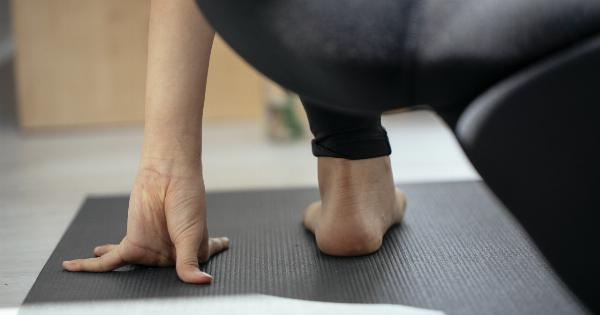As the temperature drops and the snow starts to fall, many of us brace ourselves for the long, cold winter ahead. While most of us understand the basics of why we get cold in winter, there is actually a lot more to it than you might think.
In this article, we’ll take a closer look at the science behind staying warm in the cold weather, and explore the latest research on how our bodies react to the cold.
How Does Our Body Respond to Cold?
The key to staying warm in the cold weather is our body’s natural response to the drop in temperature.
When we start to feel cold, our body responds by constricting the blood vessels, which helps to keep blood flowing to our vital organs like the heart and brain. At the same time, we start to shiver, which helps to generate heat in our muscles and keep us warm.
Why Do Some People Feel Colder Than Others?
While our body’s response to cold is the same for everyone, some people do feel colder than others in the same temperature. This is due to a number of factors, including our gender, age, and overall health.
Women, for example, tend to feel colder than men because they have a lower metabolic rate and less muscle mass, which means that they generate less heat. Older people also tend to feel colder because their bodies produce less heat as they age. Finally, people with certain health conditions like anemia or thyroid problems may also feel colder than others.
Is It Possible to Acclimatize to the Cold?
One of the most interesting areas of research on cold weather is the idea that it is possible to acclimatize to the cold over time.
Studies have shown that people who regularly expose themselves to cold temperatures are able to build up a tolerance to the cold and feel warmer than others in the same temperature. This may explain why people who live in cold climates like Scandinavia or Canada are often able to tolerate much lower temperatures than people who live in warmer regions.
How Can You Stay Warm in Winter?
So, now that we understand more about how our body reacts to the cold, what can we do to stay warm in winter? Here are some tips:.
: 1. Dress in layers
Wearing layers of clothing is one of the best ways to stay warm in winter. Start with a base layer made of a wicking material like polyester or wool to keep sweat away from your skin. Next, add an insulating layer like fleece or down to trap heat.
Finally, add an outer layer that is windproof and waterproof to protect against the elements.
: 2. Wear the right materials
Synthetic materials like polyester or fleece are excellent for winter weather because they wick moisture away from the skin and dry quickly. Wool is also a good choice because it is warm, breathable, and naturally moisture-wicking.
Avoid cotton, which tends to hold onto moisture and can make you feel colder.
: 3. Keep your head, hands, and feet warm
A lot of heat is lost through the head, hands, and feet, so it’s important to keep them covered. Wear a warm hat, gloves, and insulated boots to keep these areas warm and dry.
: 4. Stay active
Keeping your body moving is one of the best ways to generate heat and stay warm in the cold weather. Try to get outside and exercise, even if it’s just a brisk walk around the block.
: 5. Stay well-fed and well-hydrated
Eating a well-balanced diet and staying hydrated is important for staying warm in winter. Make sure to eat plenty of hearty, warming foods like soups and stews, and drink plenty of water and warm beverages like tea or hot chocolate.
The Bottom Line
Staying warm in winter is all about understanding the science behind how our body responds to the cold, and taking steps to protect ourselves against the elements.
Whether you live in a cold climate or you’re just visiting for the holidays, these tips can help you stay warm and comfortable when the temperature drops.






























